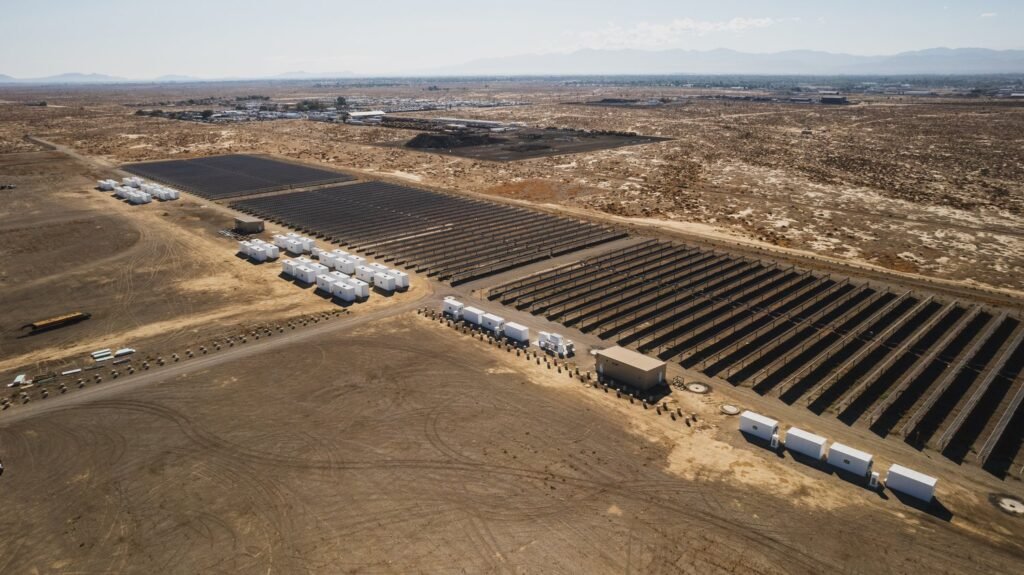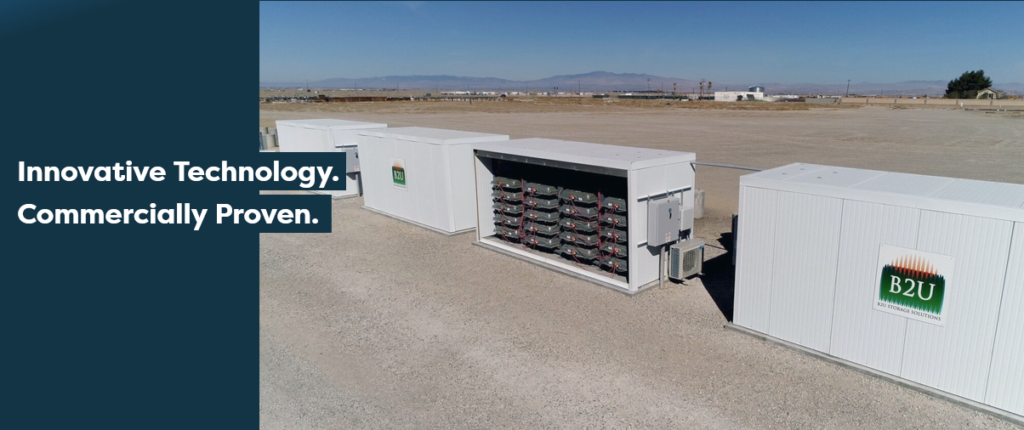Time shifting plays a crucial role in the solar power revolution as it enables the storage of renewable energy produced at one time for use at another time. In the past, this has been achieved through the use of new battery cells, such as NMC or LFP.

B2U, a California start-up, challenges the common belief of recycling depleted electric vehicle (EV) batteries and proposes using them for grid scale storage first. Reusing batteries instead of making new ones saves money and does not diminish their value for recycling once their second life is over.
B2U is utilizing used EV batteries from Nissan LEAF and Honda Clarity vehicles to store excess electricity during periods of low cost, and then reselling it during times of higher prices. This practice reduces their expenses by approximately 50%.

The majority of valuable materials found in depleted EV batteries, such as lithium, nickel, and cobalt, can be recovered and reused. The Energy Department is providing substantial loans and incentives, in the Inflation Reduction Act to foster the development of a domestic recycling industry that will handle the increasing number of retired EV battery packs in the future.
The main objective of introducing electric vehicles is to decrease emissions and minimize the detrimental effects of manufacturing and other activities on our environment and communities. By increasing the lifespan of a battery like B2U is doing, we can decrease the necessity for continued use of our natural resources, lessen the requirement for raw materials, and promote a more environmentally friendly approach.

Batteries are essential for both reducing transportation emissions and maximizing the advantages of clean energy. The ability to store wind and solar power, by using patented technologies from companies like B2U, is crucial in meeting our energy needs as these sources can only generate electricity when the wind is blowing or the sun is shining.
The demand for utility-scale battery storage is predicted to increase significantly, with capacity projected to grow from 1.5 gigawatts in 2020 to 30 gigawatts by 2025. Electric vehicle batteries could potentially serve as a reserve for this expansion.
Reference- Grist, Clean Technica, Reuters, Interesting Engineering, National Geographic






